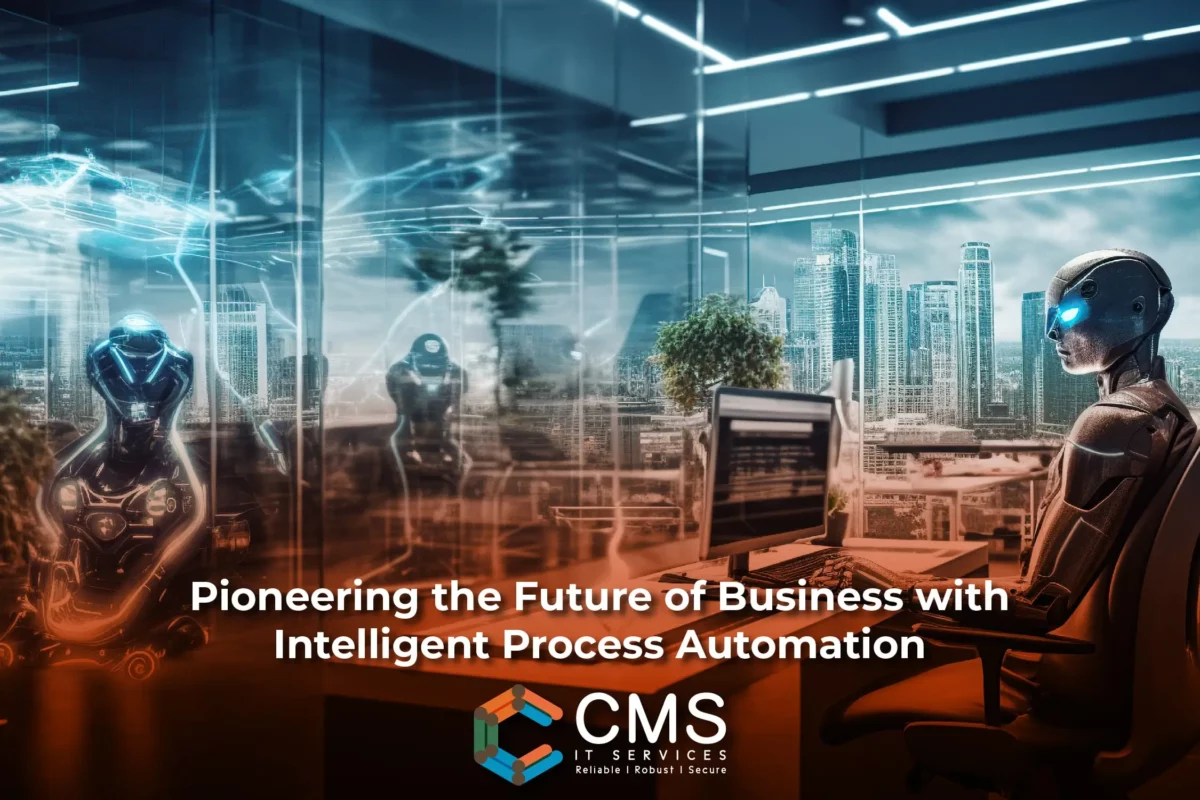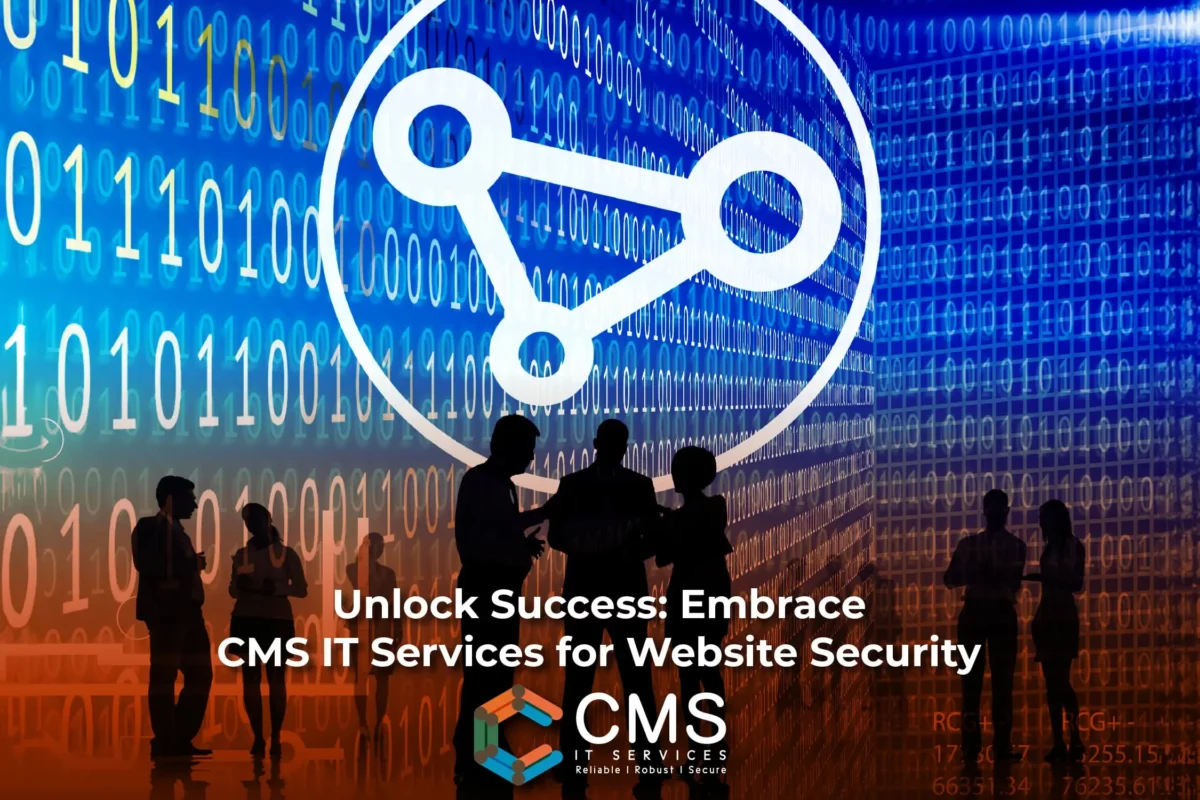Intelligent Process Automation Services: In the fast-paced landscape of modern business, staying ahead requires more than just adaptation; it demands innovation. CMS IT Services emerges as a pioneer, spearheading the future of business through cutting-edge Intelligent Process Automation services.
Unveiling Intelligent Process Automation Services
At the core of CMS IT Services’ offerings lies Intelligent Process Automation, a technological marvel reshaping business operations. Imagine a seamless integration of artificial intelligence and automation, streamlining tasks and enhancing efficiency. CMS IT Services is at the forefront of providing such transformative solutions.
The Powerhouse: CMS IT Services
Empowering Businesses Through Innovation: CMS IT Services stands as a beacon of innovation, propelling businesses into a new era of efficiency. By harnessing the capabilities of Intelligent Process Automation, they empower organizations to optimize workflows, minimize errors, and boost overall productivity.
Tailored Solutions for Diverse Industries: One size does not fit all, and CMS IT Services understands this well. Their Intelligent Process Automation services are tailored to meet the unique demands of various industries. Whether it’s finance, healthcare, or manufacturing, CMS IT Services ensures that businesses receive customized solutions that align with their specific needs.
The Impact of Intelligent Process Automation
Enhanced Operational Efficiency: Gone are the days of cumbersome manual processes. CMS IT Services’ Intelligent Process Automation brings a paradigm shift by automating routine tasks, allowing employees to focus on strategic decision-making. This results in enhanced operational efficiency and a significant reduction in time-to-market.
Accurate Decision-Making Through Data Insights: In the digital age, data is king. CMS IT Services leverages Intelligent Process Automation to gather, process, and analyze data in real-time. This invaluable insight enables businesses to make informed decisions, driving growth and staying competitive in today’s dynamic market.
Why Choose CMS IT Services?
Proven Track Record: CMS IT Services boasts a track record of success, having transformed numerous businesses with their Intelligent Process Automation services. Client testimonials stand testament to the positive impact and tangible results achieved through their innovative solutions.
Robust Customer Support: Beyond providing exceptional services, CMS IT Services prioritizes customer satisfaction. Their dedicated support team ensures that clients receive prompt assistance, fostering long-term partnerships built on trust and reliability.
Supporting Innovation – Join the Movement
As we navigate the digital age, support for innovative endeavors becomes crucial. CMS IT Services invites you to join the movement towards a more efficient and technologically advanced future. By embracing their Intelligent Process Automation services, businesses can position themselves as leaders in their respective industries.
In conclusion, CMS IT Services is not merely a service provider; it is a catalyst for positive change in the business landscape. Through Intelligent Process Automation, they redefine the way organizations operate, setting the stage for a future where efficiency and innovation go hand in hand.




